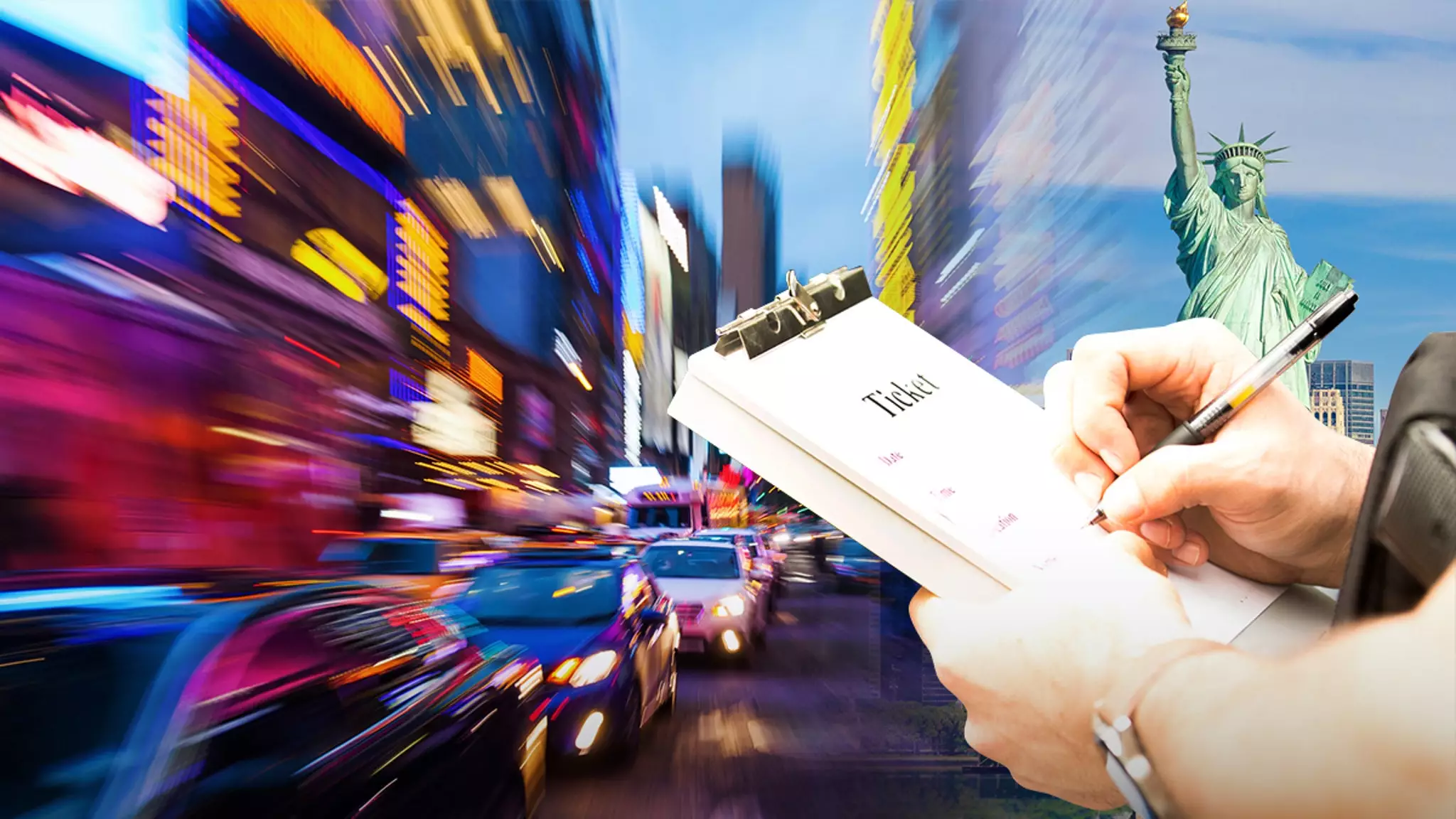Speeding has long plagued urban landscapes, but a pioneering solution is on the table in New York City: accelerator-restrictor technology. As city planners think outside the box to enhance road safety, the controversial proposal aims to significantly mitigate speeding, particularly among repeat offenders. Rather than solely relying on punitive measures such as fines and suspensions, this innovative approach integrates technology into everyday driving.
The initiative centers around Intelligent Speed Assistance (ISA) systems. These systems utilize GPS data to manage vehicle speeds according to the posted limits, an effective way of automatically limiting how fast a car can go based on its geographic location. While some vehicles are already equipped with this technology, others will necessitate modifications, raising questions about costs, implementation, and consumer acceptance.
Challenging the Mindset of Speeding
Transportation Alternatives, a leading advocate for this technology, emphasizes the need for systematic change rather than merely relying on individuals to self-regulate their driving behavior. Recent statistics are startling; the organization identified ten “super speeders” in New York—drivers with an alarming number of violations in school zones and other critical areas. One case involved an Audi A6 owner amassing a jaw-dropping 563 speeding tickets in a single year, highlighting a systemic issue where conventional punitive approaches simply don’t deter reckless behavior.
The crux of the argument lies in effectiveness. Research indicates that nearly 75% of individuals with suspended licenses continue to drive, illustrating a disturbing disconnect between enforcement and real-world compliance. It raises an essential question: if suspending licenses fails to deter chronic speeders, shouldn’t technology be employed to force accountability on the roads?
The Debate: A Clash of Opinions
The proposal has stirred spirited discussions within the halls of the New York City Council. Proponents argue that the safety benefits of reducing severe accidents and fatalities far outweigh the concerns about personal freedom and privacy. Furthermore, insights from city officials might pave the way for state-wide adoption of accelerator-restrictor devices, forecasting a potential shift in traffic legislation across the Empire State.
Critics, however, voice rational apprehensions around technology dependence and potential stigmatization of drivers labeled as “super speeders.” There are fears that relying on such systems could undermine personal responsibility while giving rise to a false sense of security among other drivers. While technology can enhance safety, questions linger about over-reliance and how to balance innovation with individual liberties.
A Road Ahead with Potential Risks and Rewards
As the New York City Council deliberates, the outcome could serve as a model for urban jurisdictions wrestling with similar issues. If implemented successfully, the ISA technology could revolutionize traffic safety in densely populated areas, creating a safer environment for pedestrians and drivers alike. However, overcoming the implementation challenges and countering public resistance will require a concerted effort from lawmakers, communities, and motorists to embrace this technological revolution responsibly.
While the path forward may be fraught with difficulties, it signifies an essential evolution in how cities can address a persistent problem—one that has the potential to save lives by combining innovation with public policy. The pressure to enact change is mounting, and as city officials weigh the options, the momentum for adopting such measures could lead to a safer future on urban roads.

